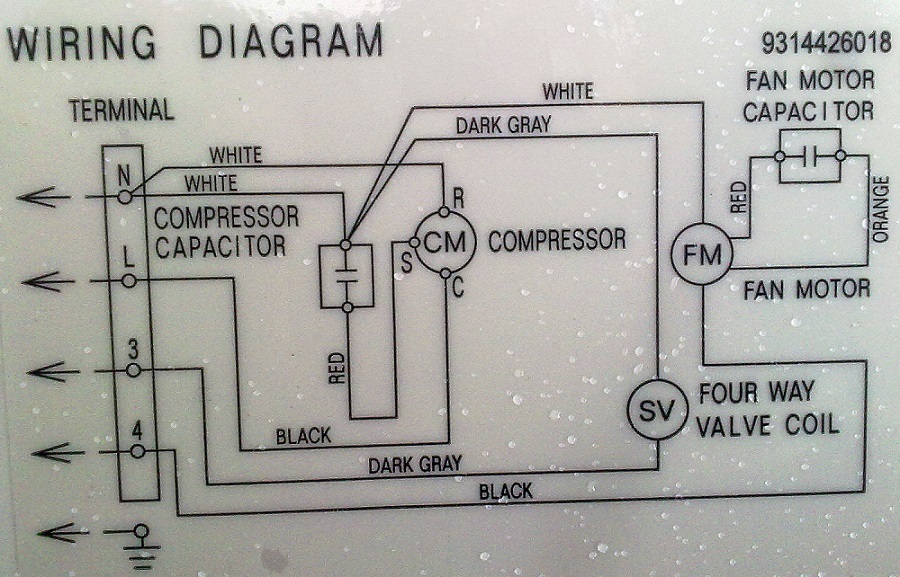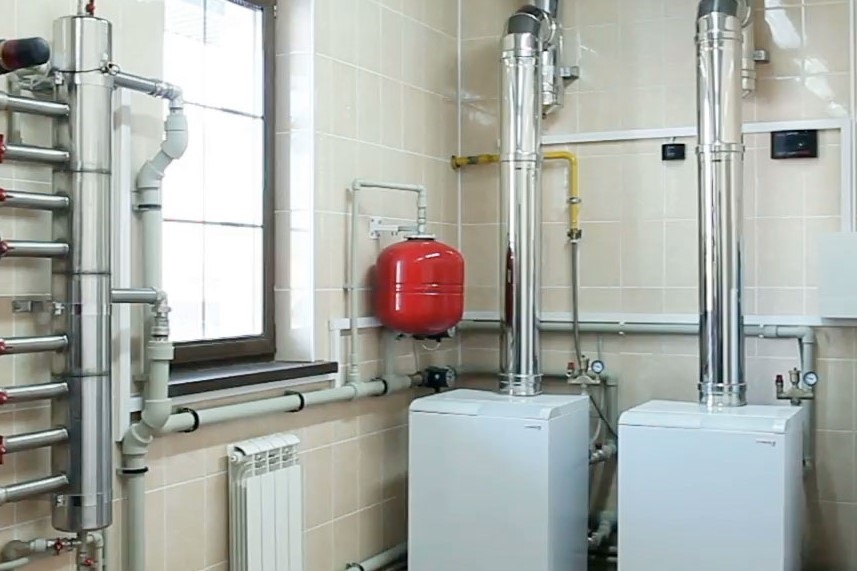Ventilation refers to communications, the installation of which is planned at the stage of creating a project for the construction of a private house. This is justified by basic sanitary and hygienic requirements. Comfortable living is simply impossible without full air exchange.
We will tell you how to insulate a ventilation pipe to ensure its normal operation in winter. From the article presented by us, you will find out which thermal insulation materials meet modern requirements. You will understand how to choose the best option for insulation.
Interested DIYers will find short instructions on how to install the thermal insulation barrier. Those who decide to independently insulate the hood will receive information that has been tested in practice. Compliance with our recommendations is a guarantee of a successful result.
The content of the article:
- Purpose of thermal insulation of air ducts
- Requirements for the characteristics of materials
-
Review of the best modern insulation
- Option # 1 - mineral wool
- Option # 2 - foamed polyethylene
- Option # 3 - Styrofoam and Styrofoam
- Option # 4 - sprayed polyurethane foam
- Conclusions and useful video on the topic
Purpose of thermal insulation of air ducts
The device of ventilation ducts and air ducts is subject to technical rules that dictate the choice of pipes, their placement, connection methods and mandatory thermal insulation if communications pass through unheated sites.
Ventilation pipes run throughout the entire space of the house: they start in the basement, which is often used as a technical or utility room, and end above the roof.
Not all areas of the house are heated. Often, low temperatures are set in the basement and in the attic, which causes problems, the main of which are heat loss and condensation.
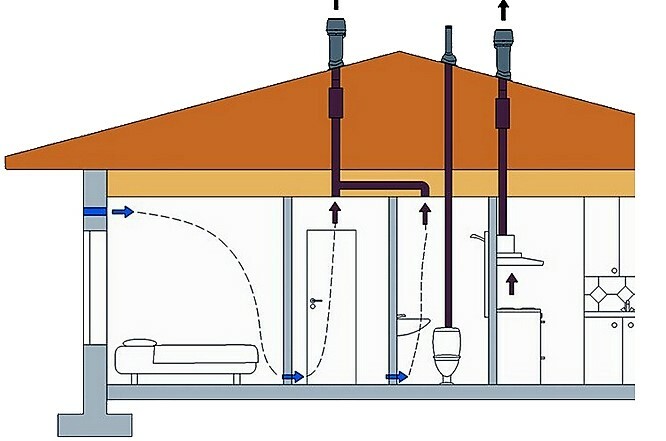
Ventilation scheme in a private house. If you carelessly treat the thermal insulation of the attic and the roof, you will have to make more efforts to insulate the air ducts located under the roof
The rules for arranging ventilation are set out in SNiP 41-01-2003. You can also find information about heating and air conditioning in general there.
Thermal insulation of household ventilation ducts performs 4 functions:
Image gallery
Photo from
The walls of plastic or metal ducts are in contact with the external environment, which can significantly reduce the air temperature inside the pipes
The interaction of warm air with the cold surface of communications causes precipitation. Moisture has a destructive effect on the pipe material, seeps into the premises
In the event of a fire, the fire quickly spreads through the air ducts throughout the entire house if they are not properly protected
Air movement inside pipes often generates extraneous sounds and vibrations. Correct installation of communications and the use of noise-suppressing thermal insulation helps to reduce the noise level
Feature # 1 - Reducing Heat Loss
Function # 2 - Preventing Condensation
Feature # 3 - Provide Fire Resistance
Feature # 4 - Reducing Noise and Vibration
Each of these functions is very important. For example, condensation can be a big problem for home owners. Moisture formed on the outer walls of the pipes causes corrosion of the metal and in a short time can lead to the complete replacement of some ventilation sections. Mold forms on the walls of the attic, destroying the wood, and an unpleasant odor is established.
Internal condensation is no less dangerous. On the walls of the pipes, moisture seeps into the living quarters and also causes negative consequences: it increases the overall level humidity, is the cause of deformation of wooden furniture and finishes, the appearance of mold and mildew, poor health in tenants.
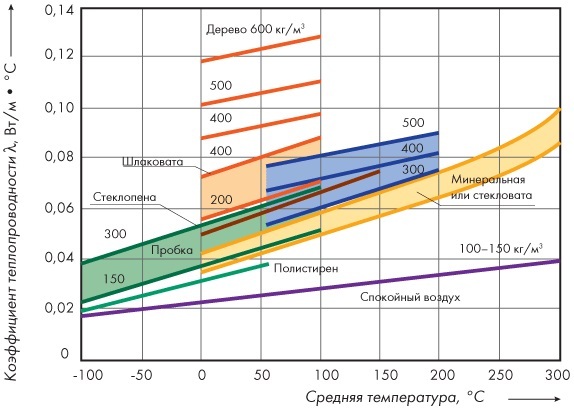
Graph showing the dependence of the thermal conductivity coefficient of modern heaters for ventilation on the air temperature in unheated and residential premises
Both the temperature drop in the bedrooms and the background noise that interferes with sleep are all the result of chilled ventilation pipes. If you are familiar with the listed problems, then you can cope with them yourself by insulating the air ducts. And first you need to choose the right insulation material.
Requirements for the characteristics of materials
In order for the insulation to serve for a long time, not to damp ahead of time, not to become moldy and to perform all the tasks assigned to it, it must have the following qualities.
One of the most important characteristics - coefficient of thermal conductivity, expressed in W / m • ° С. The degree of air cooling in the pipes depends on it. Manufacturers, taking into account the different installation conditions, produce thermal insulation materials of various thicknesses and densities.
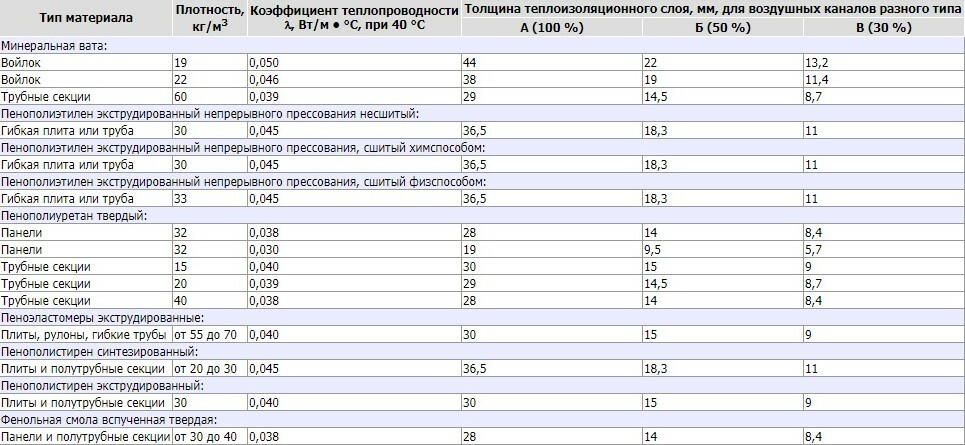
The table shows popular building materials used for thermal insulation of air ducts. Using the given data, it is possible to determine the dependence of the thermal conductivity coefficient on the density and thickness of the material
The second important parameter is vapor permeability. If the air ducts are prone to condensation, it first of all penetrates the insulation and increases its moisture content, which increases thermal conductivity.
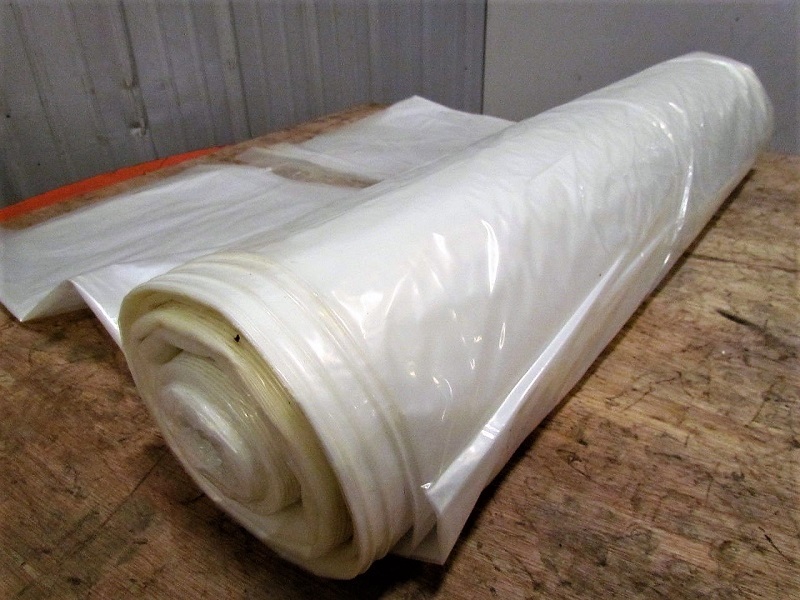
If for insulation you have chosen porous, fibrous materials that easily absorb moisture, take care of additional vapor barrier. The simplest option is to wrap the insulated area with plastic wrap
The next characteristic is acoustic efficiency. Air moves inside the ducts, causing vibration and noise. A running fan also creates sound waves. They are transmitted through the air and through the rigid structure of the air duct into the surrounding space and create discomfort for the residents of the house.
To reduce the noise level as much as possible, you need to think over the design features of the air ducts, make them straight, with a minimum number of turns. It is also possible to significantly reduce the noise level with the help of sound-absorbing insulation.
Do not lose sight of such quality as resistance to biological effects. The less the material is suitable for the formation of colonies of mold fungi, the multiplication of various microorganisms, the it will last longer, and with it the structure of other building materials will be preserved - for example, wood or concrete.
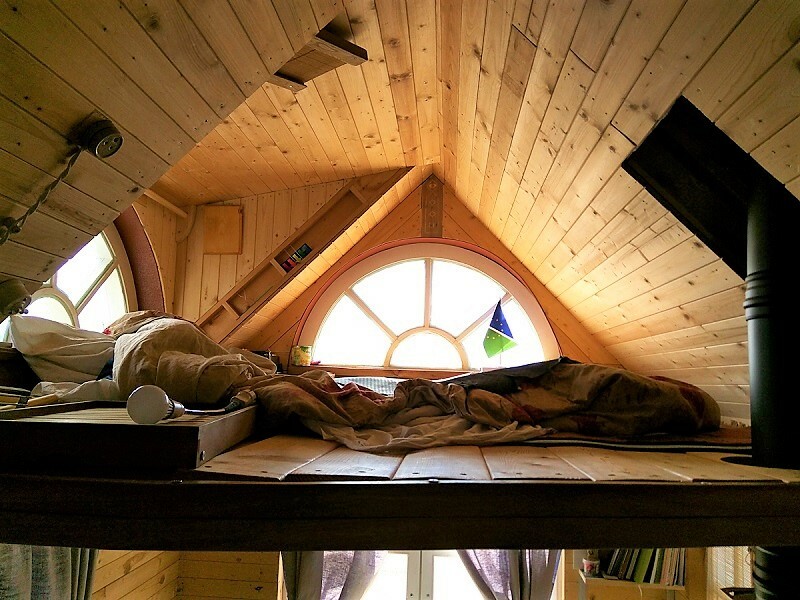
Mold causes not only the destruction of natural materials, but also negatively affects the well-being. If you plan to place a living room in the attic, ensure normal temperature and humidity levels
For a heat-insulating material, a parameter such as working temperature. It differs in different heaters, but the average range can be called the range from -35 ° С to + 60 ° С.
And one more characteristic - sanitary and hygienic properties. Thermal insulation must not spread toxic gases harmful to health. From this point of view, materials are valued that contain components of natural origin - for example, felt or mineral wool.
Review of the best modern insulation
All kinds of heat-insulating materials are presented on the Russian market, ranging from foam and glass wool, which are used less and less, ending with sprayable solutions that are convenient for application.
Selection of materials for insulation of ventilation in the attic is built taking into account the specific environmental conditions, installation nuances and financial capabilities.
Consider how you can insulate the pipes of a home hood that lie in cold rooms. We offer four thermal insulation options that are suitable for independent use. Their characteristics correspond to the requirements and norms, and even a beginner in the construction business can handle the installation.
Option # 1 - mineral wool
Mineral wool includes completely different categories of insulation made from glass, basalt, slag fibers. Glass wool is considered the least effective and cheapest material, which, with many advantages, has no fewer disadvantages.
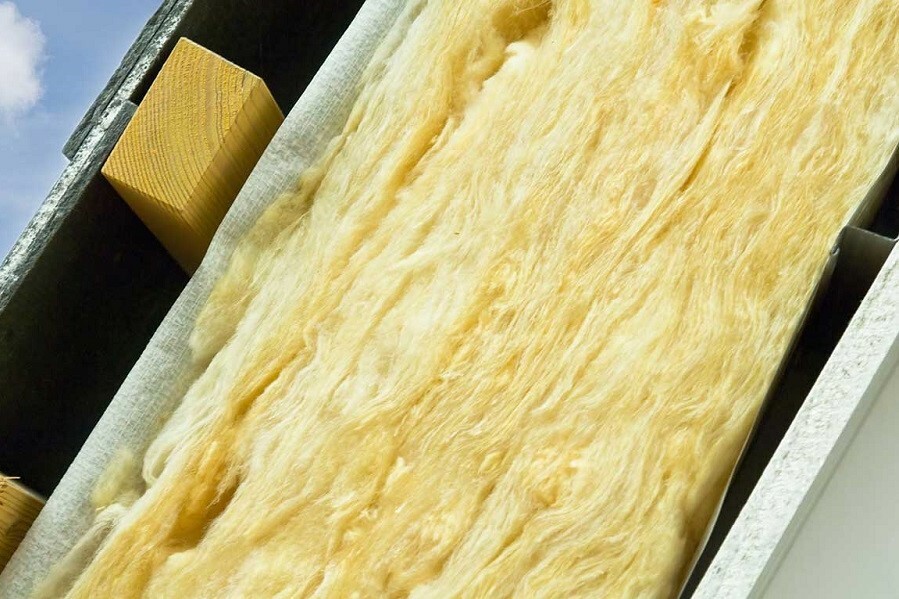
Glass wool has excellent sound-absorbing and heat-insulating properties, relative strength and fire safety - operating temperature up to + 450 ° С. It is elastic, easy to install
But, unfortunately, this budget option may contain the most harmful phenol-formaldehyde resins, extremely hygroscopic, requires vapor barrier, and after 3-4 years the thermal insulation function is lost by about 50%.
Due to the shortcomings of glass wool, it is becoming a thing of the past, and its place was taken by basalt or stone wool. It is presented in two mounting solutions: in the form of mats (thinner - rolls) and shells, often foil.
The shell is more suitable for insulating pipes of small diameter; ventilation ducts in the attic are often wrapped in rolled mineral wool.
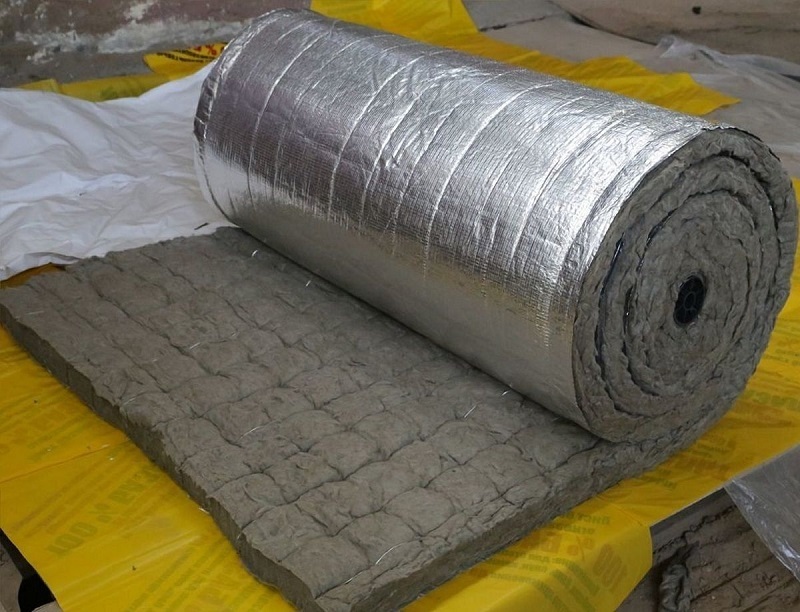
The strength, high resistance to biological influences and lower hygroscopicity of basalt wool are explained by the fact that it is produced from molten rocks
Advantages:
- non-flammable, fire-resistant material, operating temperature - up to + 1000 ° С;
- thermal insulation coefficient - on average up to 0.038 W / m • ° С;
- long service life;
- minimal deformation.
Disadvantages:
- inexpensive varieties may contain harmful binders;
- higher cost than glass wool.
The method of mounting cylinders and roll products is different. Cylinders or shells consist of 2 parts, which are fastened with a lock connection. To strengthen the fixation, the seams are glued with construction tape.
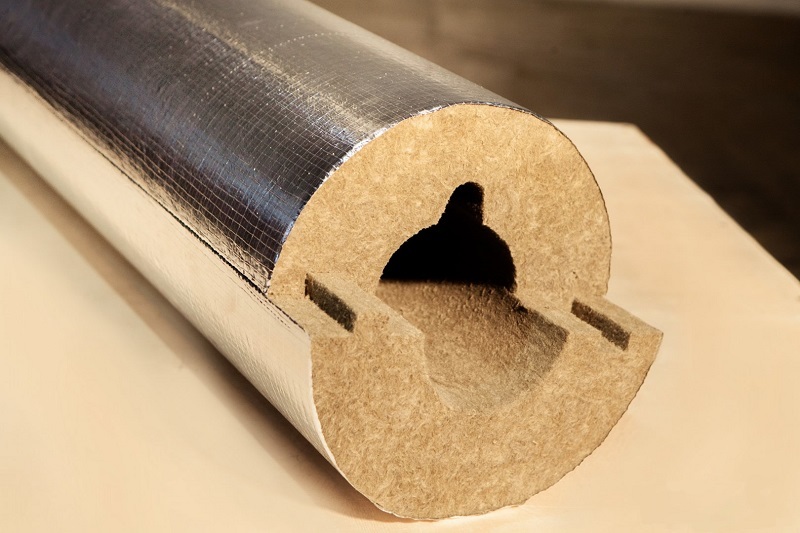
To increase the heat and vapor barrier properties, foil shells are produced. We recommend using this type of mineral wool for rooms with high humidity - attics and cold basements
Basalt wool in the form of mats or rolls is mounted in a different way.
Operating procedure:
- Measure the pipe section requiring insulation.
- Cut off a piece of insulation that is suitable in size.
- Wrap the pipe with mineral wool with an overlap, like a blanket. If the insulation is thin, you can wrap it in several layers.
- Secure the “blanket” with construction tape, wrapping the pipe in a spiral along its entire length. Annealed wire can be used instead of tape.
For ventilation ducts of rectangular cross-section, a different method is used: mats or slabs are "put" on a special glue.
Option # 2 - foamed polyethylene
This material is so good that many manufacturers started releasing it. Insulation can be found under the brands "Izolon", "Penolon", "Tepofol". Foamed polyethylene is somewhat reminiscent of foam rubber, but differs in large cells and technical characteristics.
You can find various varieties, among which - foil, covered with a layer of aluminum foil. Its advantages are maximum protection against moisture, heat preservation.
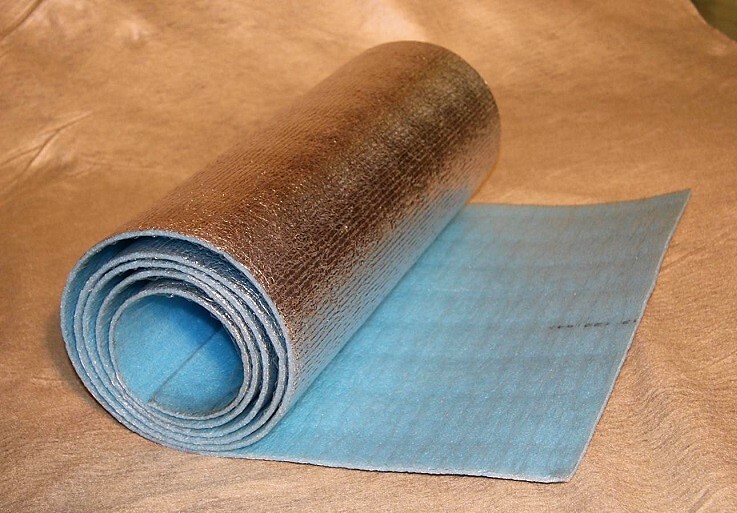
An example of foamed polyethylene foam is Penofol. Foiling is done on one or both sides - in the second case, the reflectivity of the insulating material increases
Depending on the brand and thickness, the material has a thermal conductivity coefficient of 0.031-0.051 W / m • ° С, operating temperature - from -65 ° С to + 100 ° С, water absorption up to 1%, service life - 10 years.
Advantages:
- strength and durability;
- elasticity, ease of installation;
- resistance to chemical and biological influences;
- light weight;
- reusability.
Disadvantages:
- flammability class - 2G, melting occurs at temperatures above + 100 ° С;
- high degree of smoke generation - D3;
- environmentally harmful, decomposes in natural conditions for 200 years.
We recommend using cross-linked polyethylene, which differs from non-cross-linked polyethylene by superior technical characteristics. According to European requirements, it is prohibited to use uncrosslinked (gas-foamed) grades.
Installation of insulation is carried out according to the instructions and practically does not differ from the installation of other roll materials.
Option # 3 - Styrofoam and Styrofoam
Many people are familiar with foam - it is still used in packaging of household appliances to prevent damage during transportation. This is a polymeric foam mass, very light due to the large amount of gas in the cells.
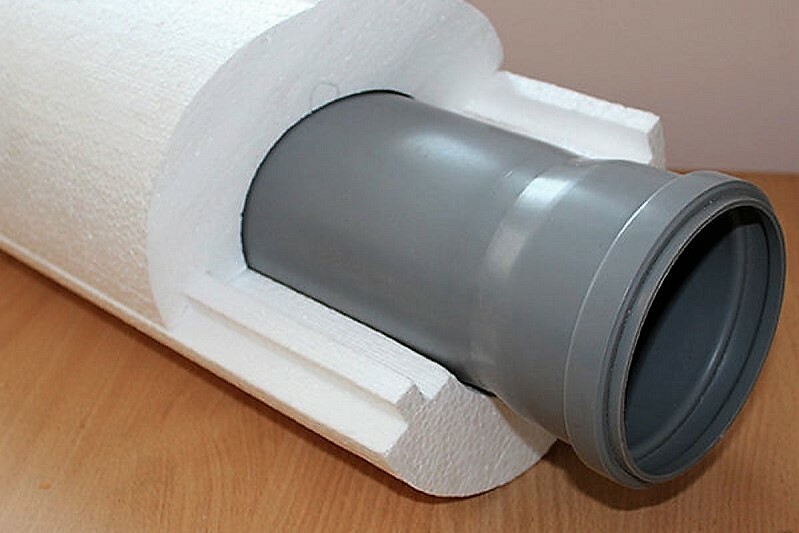
The foam is rigid, therefore it looks like slabs of various thicknesses or shells from 2 or 3 sections. During installation, parts of the shell are connected with a thorn-groove lock
Expanded polystyrene - extruded polystyrene, in the production of which the same raw materials are used as for the production of foam. It has improved performance and is more expensive. The difference between these two materials can be seen in the table:
| Styrofoam | Expanded polystyrene | |
| Thermal conductivity coefficient, W / m • ° С | 0,032-0,050 | 0,028-0,034 |
| Water absorption,% / day | 4/30 | 4/30 |
| Bending strength, kgf / m2 | 0,07-0,20 | 0,40-1,00 |
| Working temperature, ° С | -50 … +75 | -50 … +75 |
| Service life, years | 25 | 50 |
Expanded polystyrene will retain heat better and serve longer, moreover, it is used for the production of convenient covers for round pipes.
Advantages:
- light weight;
- resistance to biological effects;
- low cost.
Disadvantages:
- flammability class - G3 / G4;
- smoke hazardous to health;
- the possibility of insulating only round pipes.
When assembling the shell from extruded polystyrene foam you need to know some of the "oddities" of the material, especially when using glue. Polyfoam melts from conventional adhesive solutions, therefore, you need to purchase special glue for additional fixation. Alternatively, use scotch tape or polymer mounting tape.
Option # 4 - sprayed polyurethane foam
If previously sprayed means for insulating pipelines and other structures were used only in industry, now they are actively used in private housing construction, for example, for thermal insulation air ducts.

Polyurethane foam for household use is sold in small cans. Spraying is done using a nozzle, while you can adjust the horizontal or vertical direction
Thermal conductivity of the material - 0.019-0.04 W / m • ° С, combustibility - G1, service life - about 20 years. The operating temperature range is wide - -160 °... + 150 ° С.
Advantages:
- maximum adherence of the insulation to the air ducts;
- lack of seams and "cold bridges";
- thermal insulation of structures of even the most complex configuration;
- high speed of application.
Disadvantages:
- high price;
- sprayer skills are required;
- during installation, protection is required - overalls, glasses, a respirator.
No special preparation of the pipe material is required. Insulation in the form of foam can be applied both to individual pipes in advance, before their installation, and to the finished structure.
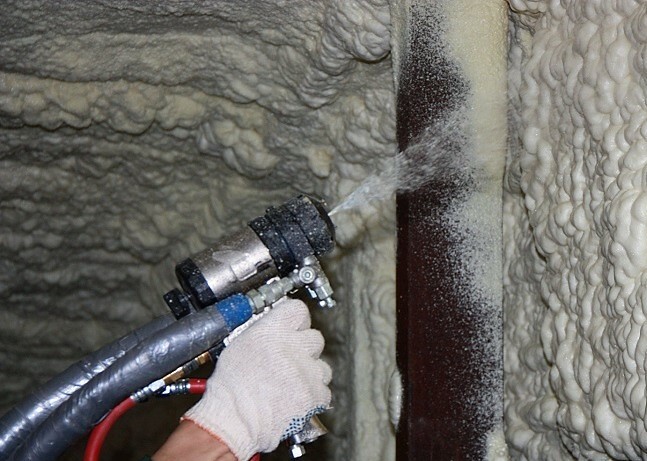
The foam hardens quickly enough, so try to move it gently. The insulation layer should be uniform, evenly distributed, without thickening and "bald spots"
Operating procedure:
- Wear protective clothing, face shield and goggles.
- Fasten the holder to the cylinder, insert the nozzle.
- Turn the nozzle to the desired position - for horizontal / vertical application of insulation.
- Apply foam to open areas of the pipeline using up / down movements, left / right, etc.
- Check if there are any bald patches left.
As a result of proper spraying, a dense, durable polymer layer should appear on the pipe surface.
In addition to the listed materials, foamed synthetic rubber and PIR plates are used to insulate ventilation ducts. They also buy insulated pipes - but this happens less often and is mostly practiced at industrial facilities.
We add that modern materials for thermal insulation of air ducts are safe and completely ready for use. But it doesn't hurt to make sure that the product is certified and meets safety requirements.
Conclusions and useful video on the topic
Experience in insulating plastic pipes in the attic:
Application of sprayed insulation "Polinor":
How is the installation of self-adhesive insulation Izolon:
Now you know how you can independently insulate ventilation in a private house and what materials are suitable for all standards. But do not forget that the correct choice of material will not solve all problems: you need to correctly and without errors install the thermal insulation.
Before starting work, we recommend that you make sure that the ventilation system is operating at full capacity, is not dirty, does not require repair or alteration. If trouble occurs due to errors in the installation of pipes, no amount of insulation will help.
Do you have information on the topic of the article that is worth sharing with your site visitors? Do you have technological subtleties in your arsenal that only you know? Please write your comments in the block below, ask questions and post photos.

